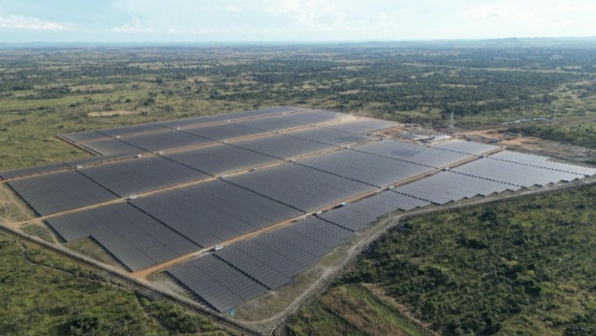As of July 2–27, 2025, Zambia officially commissioned a 100 MW solar power plant in Chisamba, marking one of the country’s largest renewable energy milestones to date. Developed by the state-owned utility ZESCO in partnership with private investors, the project is now supplying electricity to tens of thousands of households and to a major copper mining operation. The plant was financed through a blend of public and private capital and built with support from engineering partners with experience in large-scale solar deployment in sub-Saharan Africa.
During its construction phase, the project generated more than 1,200 local jobs, boosting employment and economic activity in the surrounding Central Province region. Beyond its immediate economic impact, the solar plant represents a major step in Zambia’s energy diversification strategy. The country has long relied on hydropower, which has become increasingly vulnerable due to recurring droughts. By integrating a reliable solar generation facility into the national grid, Zambia strengthens its ability to meet growing energy demand while reducing the risks of supply volatility.
The Chisamba plant is significant not only for its technical contributions but for the broader legitimacy it confers on Zambia’s renewable energy transition. It demonstrates how clean energy infrastructure can align with industrial growth—in this case, supporting the copper sector—while delivering tangible benefits to local communities. Its success builds public confidence in future solar initiatives and enhances Zambia’s ability to attract further climate-aligned investment. Crucially, by offering local employment, improving grid resilience, and reducing dependence on fragile hydropower systems, the project contributes to securing the social license to operate for both energy and extractive sectors in the country.

